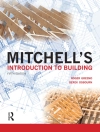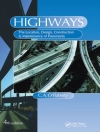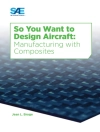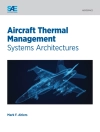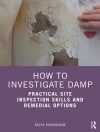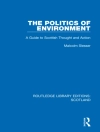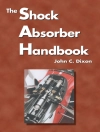This STAR on asphalt materials presents the achievements of RILEM TC 206 ATB, acquired over many years of interlaboratory tests and international knowledge exchange. It covers experimental aspects of bituminous binder fatigue testing; the background on compaction methods and imaging techniques for characterizing asphalt mixtures including validation of a new imaging software; it focuses on experimental questions and analysis tools regarding mechanical wheel tracking tests, comparing results from different labs and using finite element techniques. Furthermore, long-term rutting prediction and evaluation for an Austrian road are discussed, followed by an extensive analysis and test program on interlayer bond testing of three different test sections which were specifically constructed for this purpose. Finally, the key issue of manufacturing reclaimed hot mix asphalt in the laboratory is studied and recommendations for laboratory ageing of bituminous mixtures are given.
İçerik tablosu
Preface.- Acknowledgement (Participating Experts and Laboratories).- 1. Introduction, by Partl et al: Background of RILEM interlaboratory tests.- Methodology for testing of bituminous pavement materials principles – basic elements of a testing framework.- Principles for planning interlaboratory tests.- References.- 2. Binder Testing, by Sybilski et al: Bituminous binder fatigue testing: State-of-the-art.- Binder fatigue properties and the results of the RILEM round robin test.- Test description: RILEM binder fatigue test.- References.- 3. Mixture Design and Compaction, by Bahia et al: Background.- Mixture design methods.- Hot mix asphalt image acquisition, processing, and analysis procedures.- Effect of compaction methods on internal structure and air void distribution of asphalt mixture.- RILEM TG2 group study on internal aggregate structure of hot mix asphalt.- Concluding remarks.- References.- 4. Mechanical Testing of Bituminous Mixtures, by Di Benedetto et al: Introduction.- Wheel tracking tests (WTT) campaigns on mixtures made with pure and modified bitumen.- Modeling and finite elements calculation.- References.- 5. Interlaboratory Tests on Pavement Performance Prediction and Evaluation – Rutting, by Piber et al: Introduction.- Pavement of the test section.- Rutting measurements and predictions by the laboratories.- Field measurements and data collection by the road operator.- Data evaluation.- Conclusions.- References.- 6. Mechanical Testing of Interlayer Bonding in Asphalt Pavements, by Canestrari et al.: Overview on interlayer bonding in asphalt pavements.- Inter-laboratory test on interlayer bonding of asphalt pavements.- Conclusions.- References.- 7. Hot Recycling of Bituminous Mixtures, by De La Roche et al: Introduction.- Use of reclaimed asphalt in Europe.- Development of a laboratory aging protocol for bituminous mixtures.- Organisation of round robin test.- Results of round robin test.- Conclusions and recommendations on laboratory ageing of bituminous mixtures.- References.- Annex: Principle of infrared spectroscopy.- 8. General Summary and Outlook, by Chailleux et al: Introduction.- RILEM technical committee summary and feedback.- RILEM technical committee outlook.- Concluding remarks.- References.- Index.


